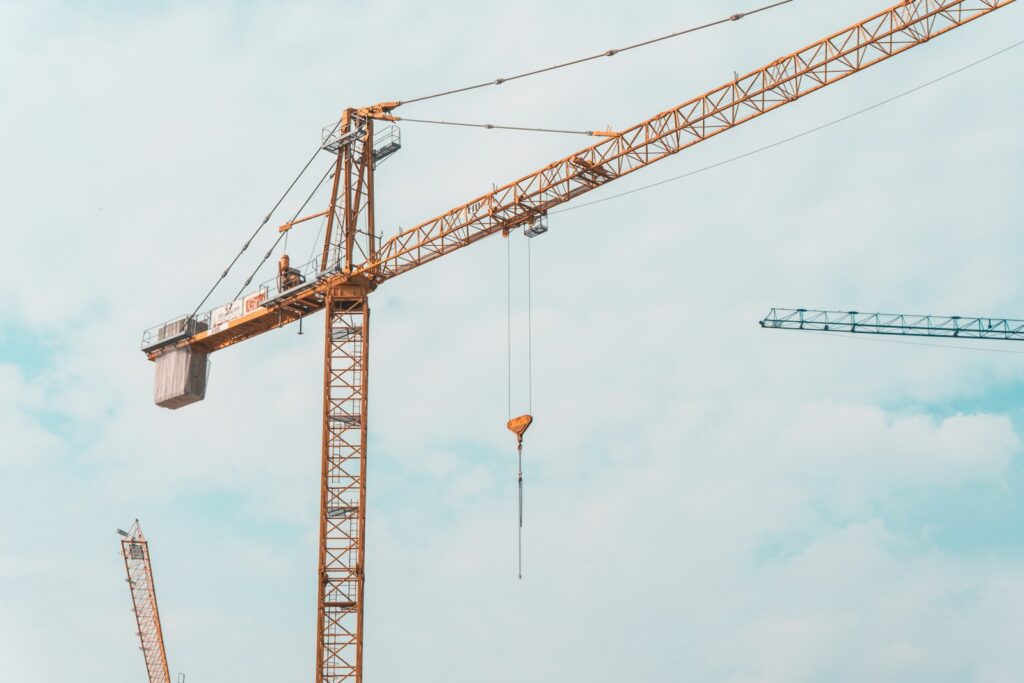Key Takeaways
- Crane technology is crucial for modern construction projects.
- Advancements in crane technology are ensuring efficiency and safety.
- These innovations are shaping the future of the construction industry.
Table of Contents
- The Importance of Cranes in Construction
- Exploring Modern Crane Technologies
- Safety Improvements in Crane Operations
- Environmental Impact and Sustainability
- Future Prospects in Crane Technology
- Conclusion
The Importance of Cranes in Construction
Cranes are indispensable in the bustling world of construction. These towering machines facilitate the lifting and moving of heavy materials, paving the way for building structures of all sizes. Imagine a skyline without cranes—it’s practically impossible. The efficiency and capability of crane operations are crucial, especially in urban settings like Chicago.
With construction projects becoming increasingly complex, the reliance on cranes has never been more significant. Modern architectures push design limits, requiring advanced crane technology to meet new challenges. This reliance extends beyond mere lifting capabilities. The ability to precisely position materials in hard-to-reach areas makes cranes an asset crucial for meeting strict construction timelines and reducing labor costs.
Exploring Modern Crane Technologies
Technological advancements have revolutionized crane operations. Remote control and automated systems are now standard, offering enhanced precision and safety. By reducing human error, these technologies improve efficiency on construction sites. For instance, cranes with GPS and telematics provide real-time data, optimizing lift planning and positioning. According to an article on Construction Dive, automation is set to become a cornerstone of the future construction industry. Whether it’s for building skyscrapers or massive bridges, crane rental in Chicago ensures that materials are moved swiftly and safely, emphasizing the importance of having reliable cranes on-site.
Another significant advancement is the use of drones for site surveys. Drones offer a bird’ s-eye view of the construction site, helping crane operators strategize lifts better. This technology minimizes surprises and ensures that materials are moved with pinpoint accuracy. The integration of AI and machine learning in cranes must also be addressed. These innovations allow cranes to adapt to changing conditions in real-time, ensuring optimal performance consistently.
Safety Improvements in Crane Operations
Safety remains a top priority in crane operations. Innovations like real-time monitoring systems and improved operator training programs are pivotal in reducing accidents. Advanced sensors can detect potential hazards and immediately halt operations, preventing mishaps. The utilization of these safety enhancements has significantly driven down the rate of accidents. A detailed analysis in Safety+Health Magazine outlines various tips and technologies contributing to safer crane operations.
Additionally, virtual reality (VR) training programs have emerged as an effective tool for educating crane operators. These programs simulate real-world scenarios, offering trainees a safe environment to learn and make mistakes. With VR, operators gain invaluable experience, which translates to safer operations on actual construction sites. This combination of advanced training and real-time monitoring ensures that crane operations are safer.
Environmental Impact and Sustainability
The push towards sustainability is evident in the construction industry. Modern crane technologies are contributing by reducing emissions and improving energy efficiency. Electric and hybrid cranes are becoming more prevalent, offering an alternative to traditional diesel-powered models. These eco-friendly cranes lower greenhouse gas emissions and reduce operational costs over time.
Moreover, advancements in materials used for crane construction are making them lighter and more robust. This reduces the energy required for lifting, further minimizing their environmental footprint. Such innovations align with global sustainability efforts, showcasing how technology can drive eco-friendly progress in traditionally heavy industries.
Future Prospects in Crane Technology
The future of crane technology is bright, promising even more sophisticated solutions. AI-driven cranes that can self-diagnose and perform maintenance autonomously are on the horizon. These cranes will be more efficient and significantly reduce downtime, enhancing project timelines.
Moreover, research is underway to develop cranes that can be operated entirely through virtual reality interfaces. This would allow operators to control cranes from a safe distance, eliminating the risks associated with being on-site. As innovations emerge, the construction industry will benefit from safer, faster, and more cost-effective crane operations.
John & Martha King on LIFT Exclusive Interview(Opens in a new browser tab)
Conclusion
Crane technology has played a pivotal role in the evolution of construction and heavy lifting. Today’s advancements are shaping the future, making construction projects more efficient, safer, and environmentally friendly. Keeping abreast of these developments is essential for anyone in the construction industry, ensuring they remain competitive and forward-thinking in an ever-evolving market.
